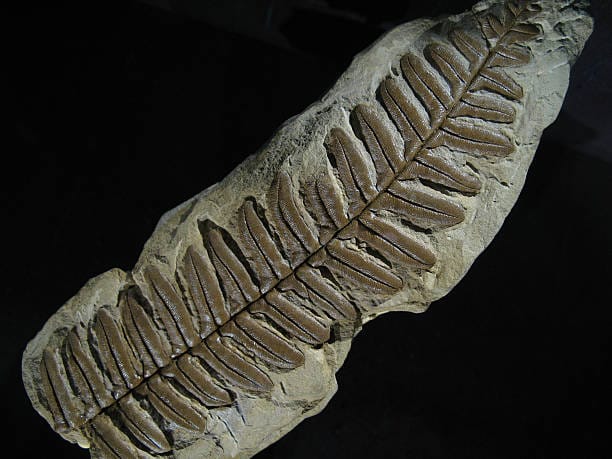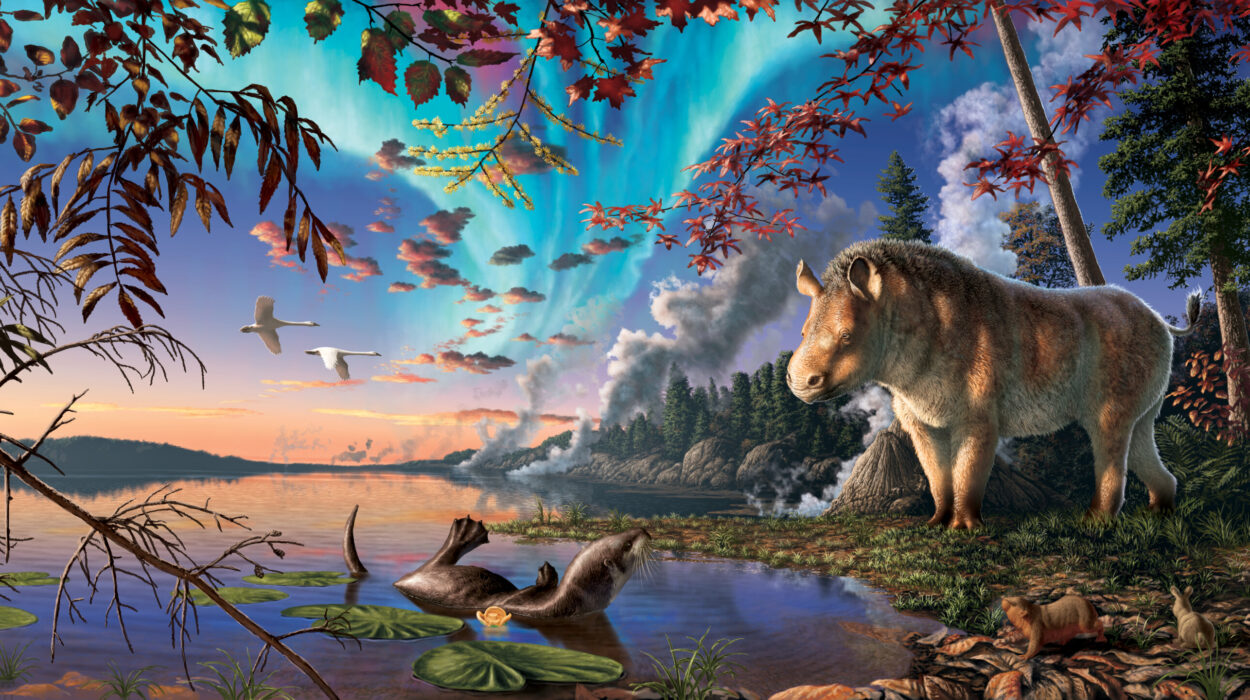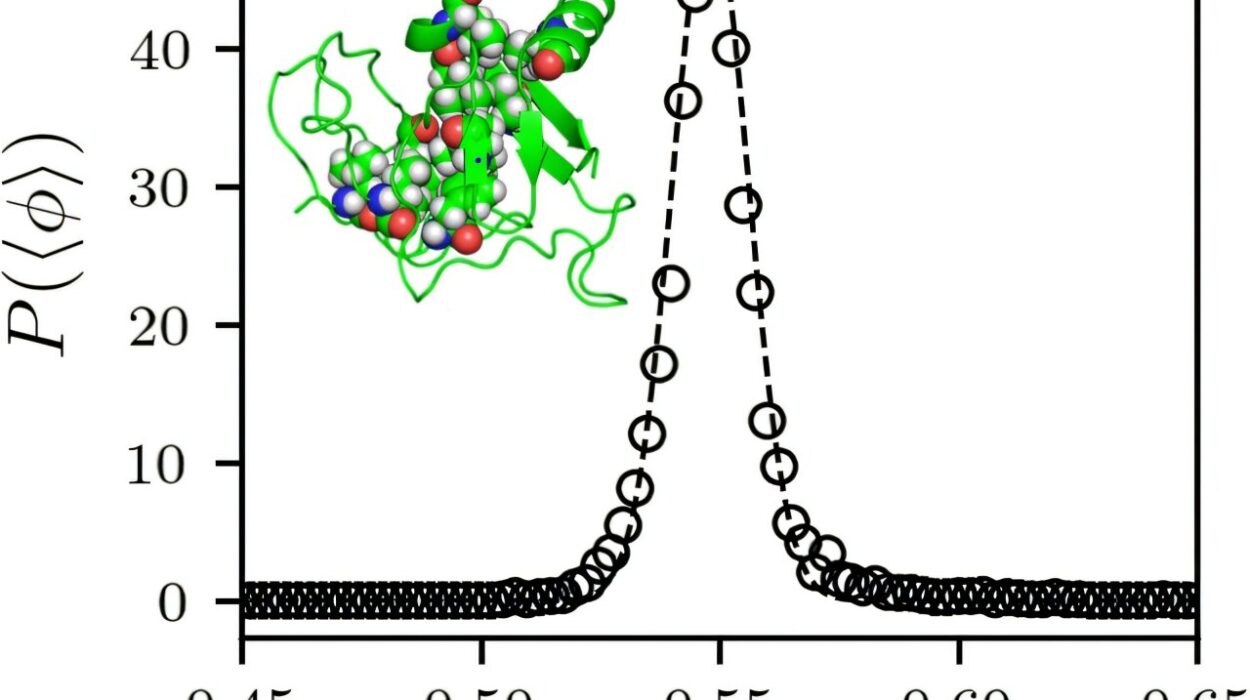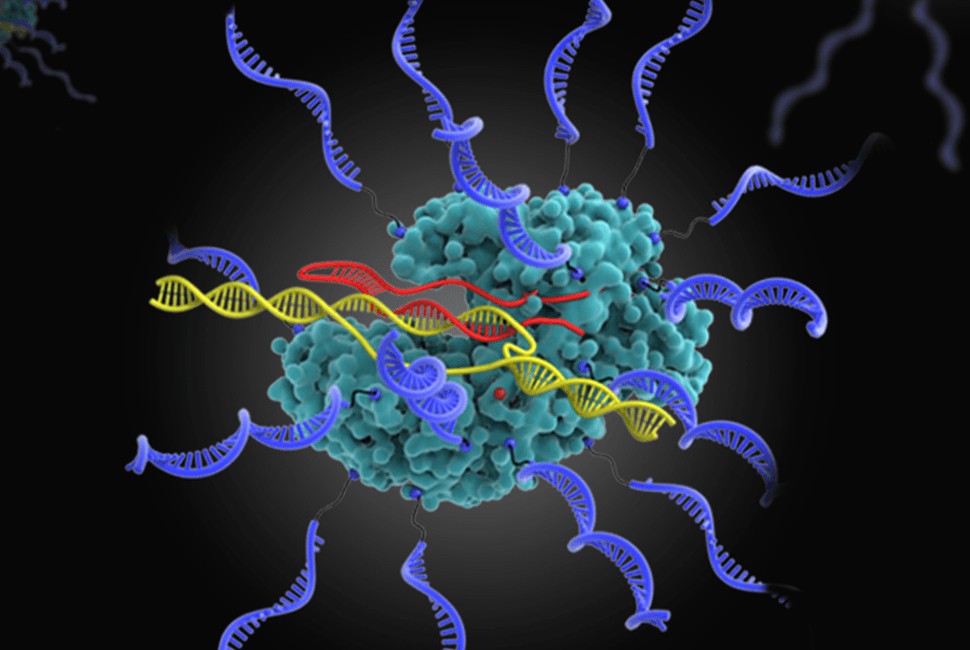The past doesn’t speak in words. It speaks in fragments, imprints, and echoes left behind in stone. Sometimes it whispers in the curling edge of a fern leaf, trapped in shale. Sometimes it sings from the spiral of a pine cone turned to stone or the ghostly imprint of a tree trunk caught in ancient ash. While dinosaurs often take center stage in our imagination of prehistory, a quieter, older, and arguably more important story is told by fossilized plants.
Plant fossils are not just decorations in the museum cases of natural history—they are blueprints of the Earth’s evolving landscapes, time-stamped messages that tell us about the air we breathed, the climates we endured, and the ecosystems that flourished or failed. From the first green threads that crawled onto land to the vast forests that nurtured new life, fossilized plants are historians, scribes, and prophets all at once.
To understand how fossilized plants help us reconstruct Earth’s past is to embark on a journey that begins over 400 million years ago and continues to influence the air, soil, and climate that surrounds us today.
First Roots: The Origin of Terrestrial Life
Long before animals took their first tentative steps onto land, plants had already begun the great green conquest of the continents. Some 470 million years ago, in the Ordovician Period, the first plants began to colonize the margins of freshwater environments. These were simple organisms—moss-like, without roots or true leaves—but their presence marked the beginning of a transformation so profound it would reshape the planet itself.
Fossils from this era are exceedingly rare, but where they exist, they serve as evidence of the earliest attempts by life to move beyond the sea. Spores, for instance, are among the oldest plant fossils ever found. Their microstructures, when examined under microscopes, show a kind of resilience and complexity that indicates a land-based life cycle. This migration onto land wasn’t just a biological curiosity—it laid the groundwork for future terrestrial ecosystems.
By the Silurian and Devonian periods, the fossil record shows plants becoming more complex: vascular systems developed to transport water and nutrients, allowing them to grow taller and stronger. Roots began to dig into the soil, anchoring them and reshaping landscapes. The fossilized remains of these early plants—Cooksonia, Rhynia, and others—are preserved in fine-grained sediments, often in minute, delicate detail. They tell of a time when Earth’s surface was a vast, experimental canvas of green.
Clues in Carbon: The Rise of Forests and the Carboniferous Legacy
By the Carboniferous Period, around 359 to 299 million years ago, plants had not only colonized land—they had conquered it. Towering tree ferns, massive horsetails, and the earliest seed-bearing plants grew in dense, swampy forests across what is now North America, Europe, and Asia. These forests were not just vast—they were transformational. They altered the atmosphere, locked carbon into peat, and created environments teeming with strange and diverse life.
The fossilized remains of these forests provide a nearly cinematic snapshot of ancient ecosystems. Fossilized trees, often preserved upright and rooted in place, show us what ancient forests looked like, tree by tree. Coal beds, formed from the compressed remains of these swamp forests, are massive time capsules, preserving plant impressions down to the texture of bark or the structure of a leaf.
The impact of these Carboniferous forests went beyond biology—they reshaped the very chemistry of the planet. By drawing down enormous amounts of atmospheric carbon dioxide and burying it underground, these plants helped cool the planet, contributing to ice ages. In the process, they laid down the coal seams that would one day fuel human industry. The story of the Carboniferous is not just a story of plants—it’s the story of climate, energy, and geology, all wrapped in green.
Leaf by Leaf: Reading Ancient Climates
Fossilized plants are among the best indicators of ancient climate conditions. Unlike animals, which can often migrate or adapt quickly, plants are rooted in place and highly sensitive to temperature, moisture, and atmospheric composition. The shape, size, and structure of fossilized leaves can tell scientists astonishingly detailed information about the environments in which they grew.
For instance, large, broad leaves with smooth edges are typically found in warm, wet environments. In contrast, small, serrated leaves tend to appear in cooler, drier climates. This correlation allows paleobotanists to reconstruct ancient temperature and rainfall patterns with surprising precision, using tools such as leaf physiognomy analysis and CLAMP (Climate Leaf Analysis Multivariate Program).
Pollen grains, though microscopic, are another powerful tool. Because they are produced in vast quantities and preserved well in sediment, they act like botanical breadcrumbs, leading scientists through the shifts of plant populations over millennia. Pollen records have been used to track everything from Ice Age retreats to human-driven deforestation, and their reliability is unmatched.
In essence, fossil plants turn rocks into weather stations, giving us temperature readings and climate trends from millions of years ago. This isn’t just academic; it’s critical to understanding how Earth responds to greenhouse gases and warming—lessons we urgently need today.
Ancient Plant Partnerships: The Evolution of Ecosystems
Fossilized plants do more than tell us what the weather was like—they reveal the architecture of ancient ecosystems. Plants are the foundation of almost every food web, and understanding their diversity, distribution, and interactions is essential for piecing together the full ecological puzzle.
For instance, fossilized roots and mycorrhizal associations (symbiotic relationships between fungi and plant roots) show how plants helped build the first stable soils. Some fossils even preserve these delicate associations, capturing in stone the invisible collaborations that sustain life.
Plant fossils also provide insight into how insects, fungi, and even dinosaurs interacted with vegetation. Fossilized leaves with bite marks, galls, or boreholes tell stories of ancient herbivores. Ferns that sprang up en masse after mass extinction events illustrate how vegetation recovered and stabilized ecosystems after chaos.
In some cases, the arrangement of fossilized plants even suggests forest structures: canopy-forming trees, understory plants, and ground cover—each layer teeming with its own unique life. These botanical fossils sketch the blueprints of habitats that no longer exist but that supported creatures ranging from giant dragonflies to early amphibians.
The Great Dying and Plant Resilience
One of the most profound insights fossilized plants offer comes from their response to extinction events. Earth has endured several mass extinctions, and in each, the plant kingdom has borne the scars and sometimes led the recovery.
During the Permian-Triassic extinction, about 252 million years ago—the most severe extinction in Earth’s history—over 90% of marine species and a significant portion of terrestrial life vanished. The fossil record shows a sudden decline in plant diversity, replaced by opportunistic species like lycopods and ferns, which could tolerate harsh, unstable conditions.
Similarly, at the end of the Cretaceous Period, when a massive asteroid struck Earth and brought the reign of the dinosaurs to a fiery end, fossilized plant pollen reveals an abrupt shift. Ferns quickly colonized the devastated landscape, a phenomenon known as the “fern spike,” marking the ecological reboot that followed the catastrophe.
Studying these events through plant fossils helps scientists understand both the vulnerabilities and resilience of ecosystems. They show how some species perish while others thrive, how environments collapse and regrow. In an age of accelerating climate change and biodiversity loss, these lessons are more relevant than ever.
Fossil Forests Frozen in Time
Some of the most dramatic fossil plant discoveries come not from individual specimens but from entire preserved forests. In various parts of the world, paleontologists have uncovered fossilized forests that remain standing, tree trunks anchored in ancient soil horizons, sometimes with roots, leaves, and even fruits still attached.
The Petrified Forest National Park in Arizona, for example, showcases enormous conifer logs turned to stone, their cellular structures replaced by vibrant minerals over millions of years. These silent giants once stood tall during the Late Triassic, around 225 million years ago, when reptiles dominated the land and the first dinosaurs appeared.
In other locations—like the Joggins Fossil Cliffs in Nova Scotia or the Permian forests of China—entire ecosystems are entombed in volcanic ash or flooded sediment. These fossil forests act as three-dimensional blueprints of ancient life, allowing scientists to reconstruct the exact spatial relationships between species, map plant communities, and even infer the seasonal rhythms of growth and decay.
Such discoveries are rare and priceless. They bring us closer to understanding not just the what and where of ancient plant life, but the how and why. They are the Rosetta Stones of paleoecology.
Lessons for Today’s Climate Crisis
Fossilized plants are not relics of a forgotten past. They are messengers, and their messages ring louder with each passing year. As we confront a rapidly changing climate, the fossil record gives us invaluable insights into how plants—and by extension, all life—respond to shifting temperatures, rising CO₂ levels, and habitat loss.
For example, during the Paleocene-Eocene Thermal Maximum (PETM), around 56 million years ago, the planet experienced a dramatic warming event, likely due to massive carbon emissions from volcanic activity. Fossilized leaves from this period show changes in species composition, leaf structure, and insect herbivory patterns—patterns eerily similar to those occurring today.
By studying these ancient parallels, scientists can better predict how modern ecosystems might respond to global warming. Which species are likely to survive or adapt? How will forests migrate, change, or collapse? Will carbon sinks like tropical rainforests persist, or will they release their stored CO₂?
Fossilized plants also offer hope. Time and again, life has found a way to recover, to regrow, to rebalance. The lessons are not always comforting, but they are honest. They speak of cycles—some slow, some catastrophic—but always moving forward.
A Future Rooted in the Past
The value of fossilized plants goes far beyond the scientific. They serve as a profound reminder of our place in Earth’s long story. Every breath we take owes a debt to ancient plants that oxygenated the atmosphere. Every calorie we consume is a gift from photosynthesis, perfected over eons. Every wooden structure, every fruit-bearing tree, every bloom in the spring traces its lineage to those early land pioneers.
In studying fossilized plants, we are not just digging up dead matter—we are listening to the long heartbeat of Earth itself. They tell us of ancient dreams, quiet revolutions, mass extinctions, and stunning rebirths. They teach us that life is both fragile and tenacious, vulnerable to change yet always seeking balance.
In an age when our actions have the power to alter the planet’s future, fossilized plants remind us that Earth is not static. It evolves, it adapts, and it remembers. The question is: will we learn from its memory?
The answer lies not just in the stone leaves of the past, but in how we grow from them.






